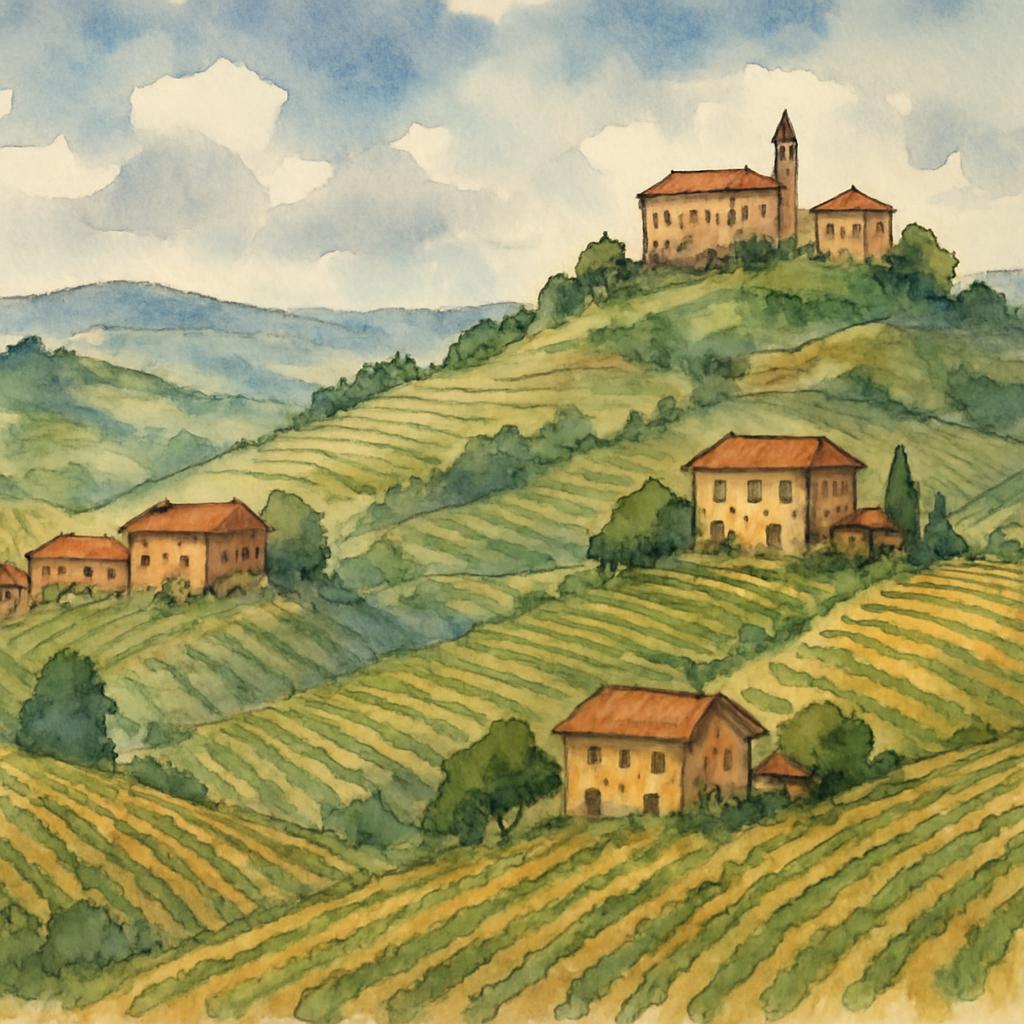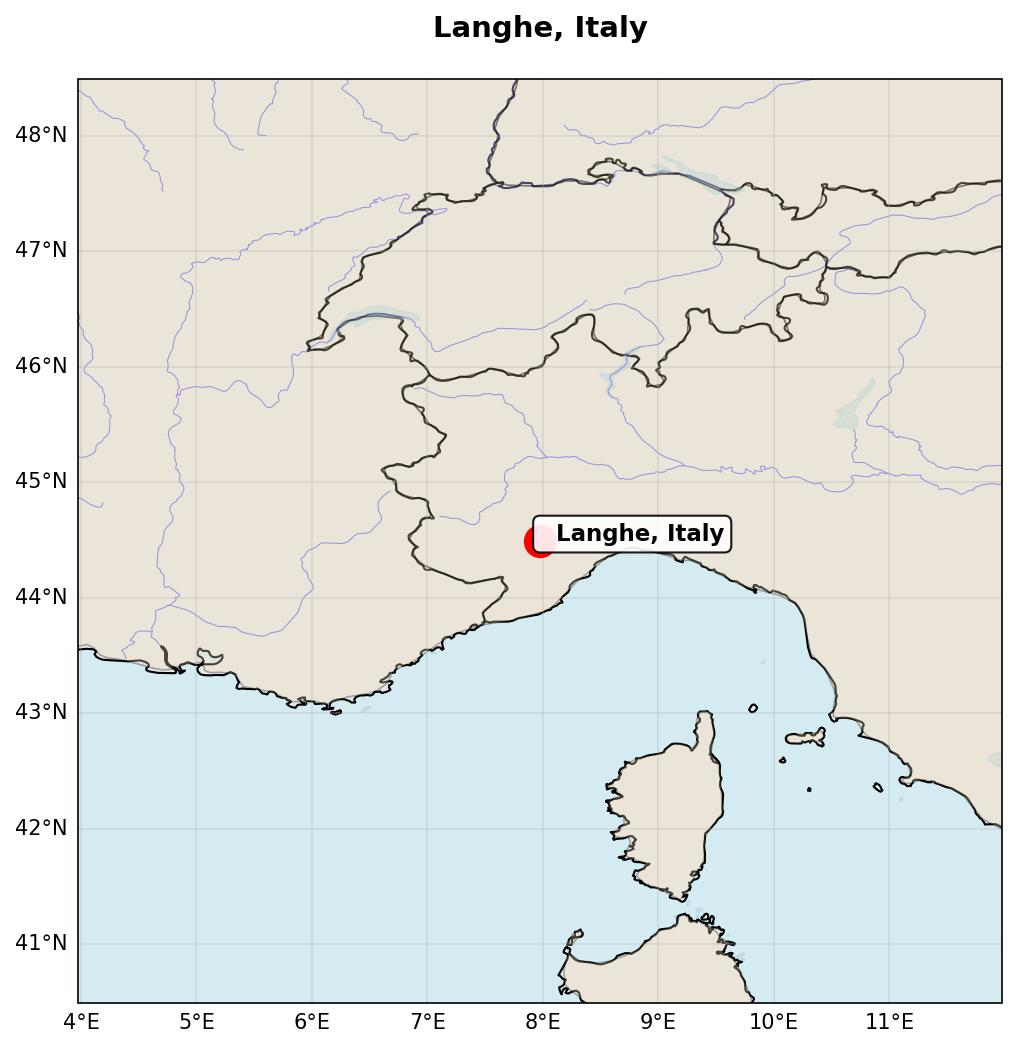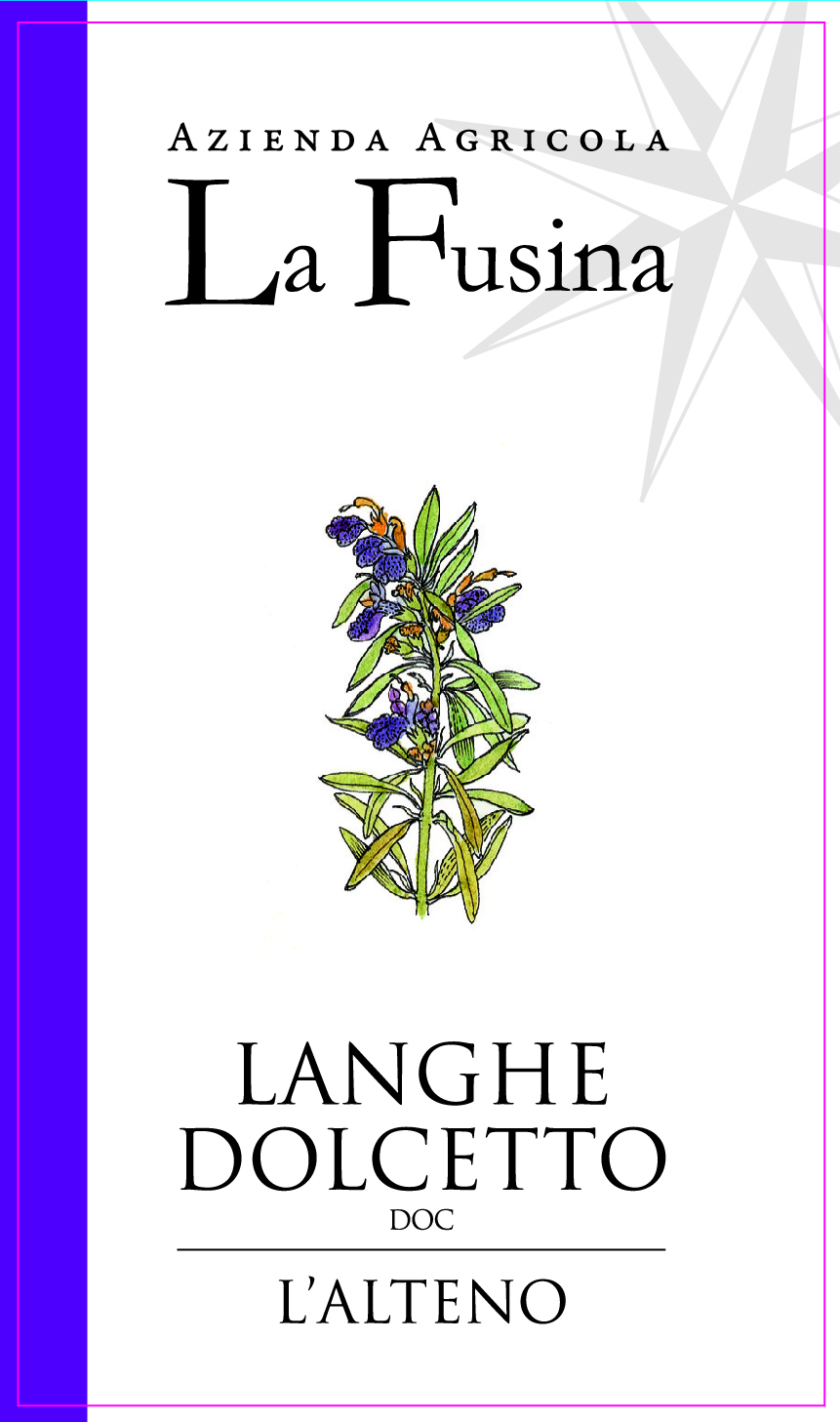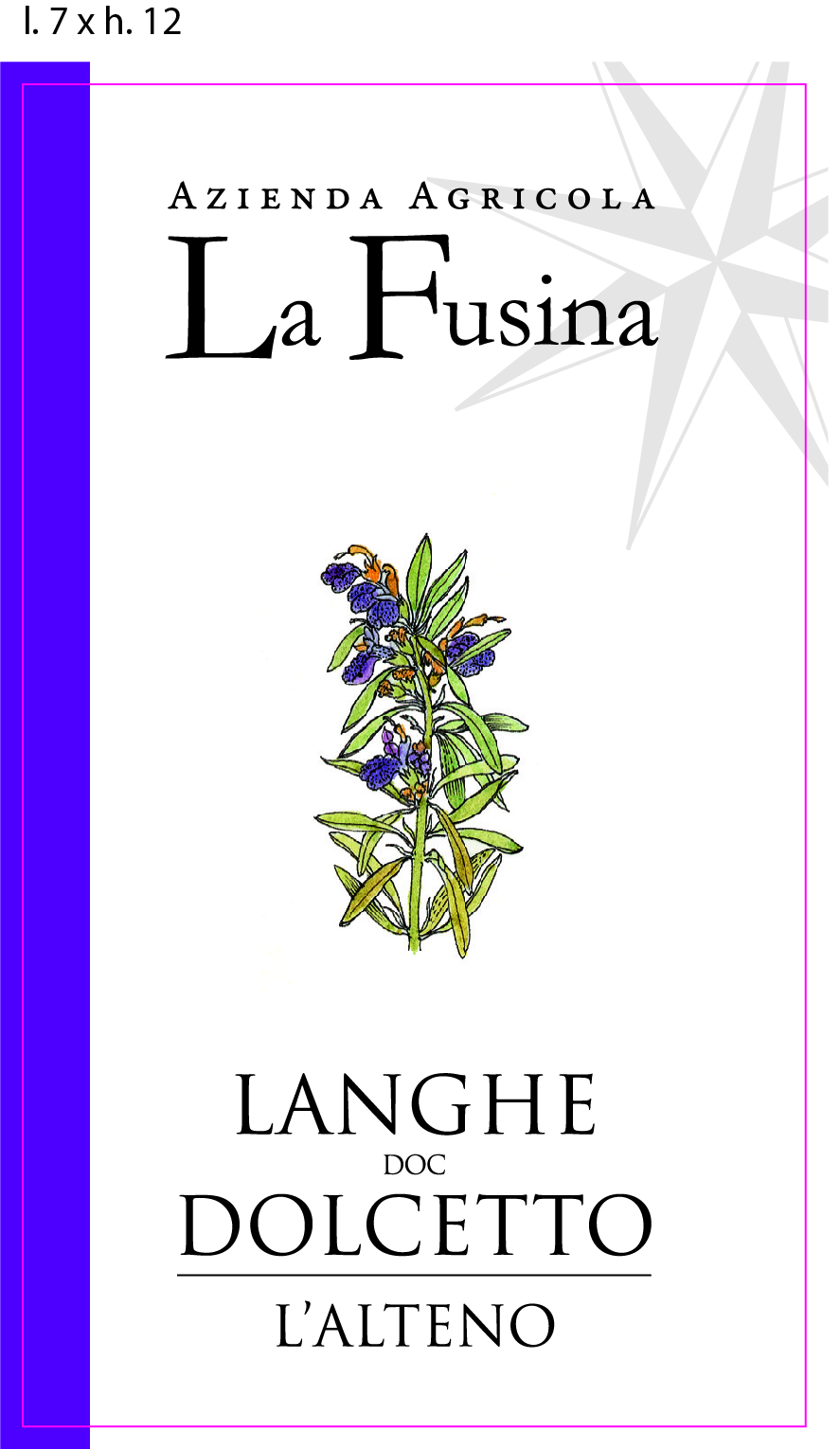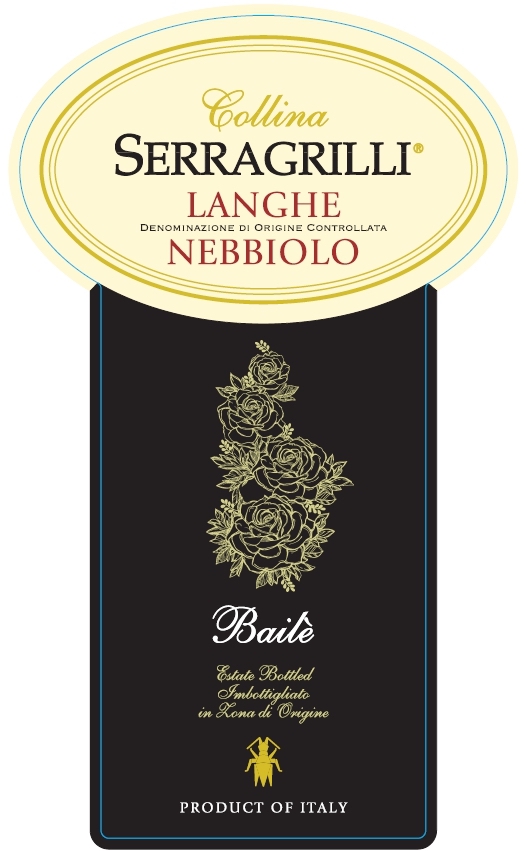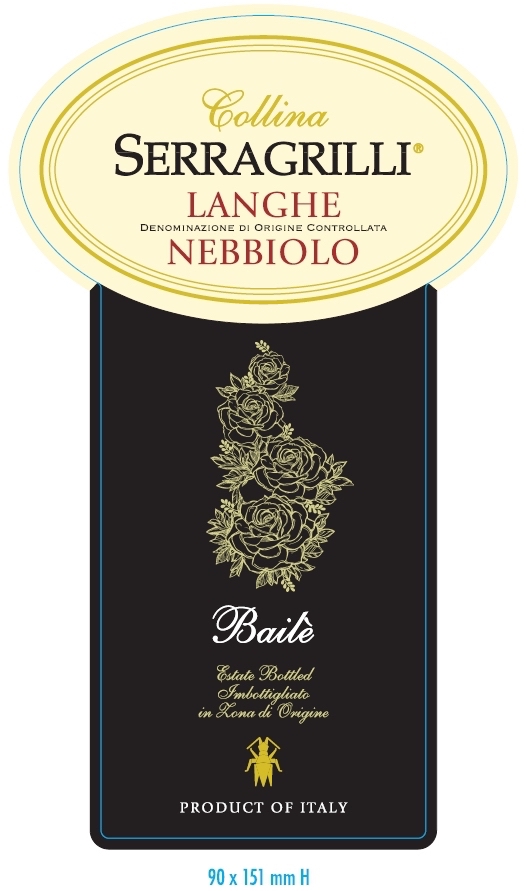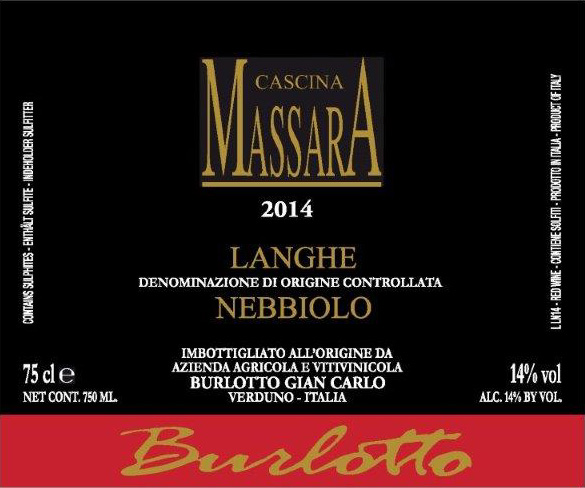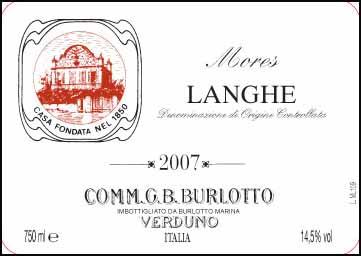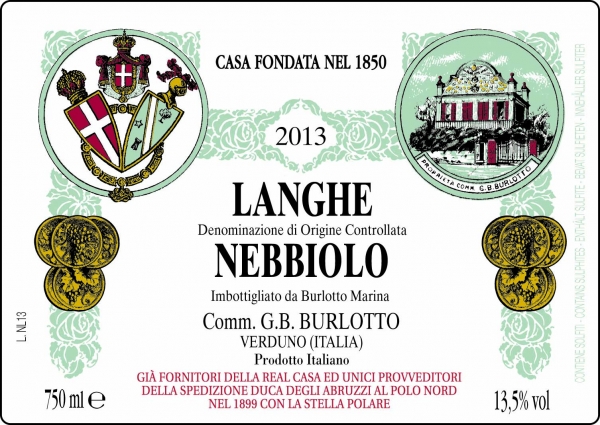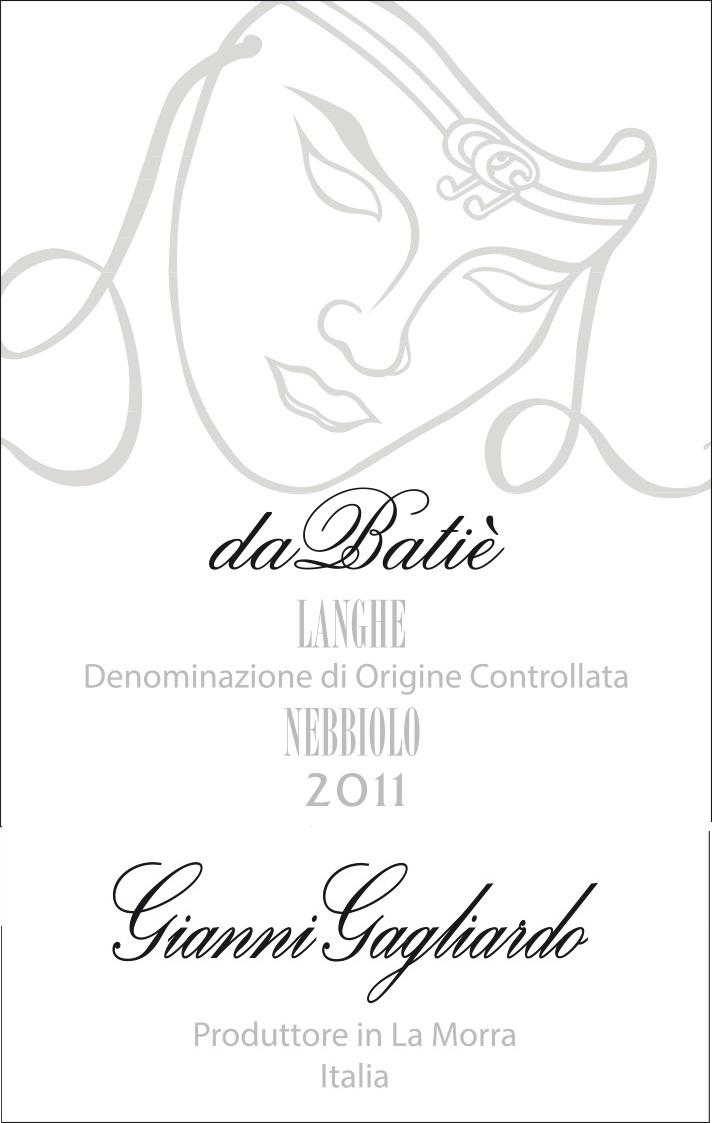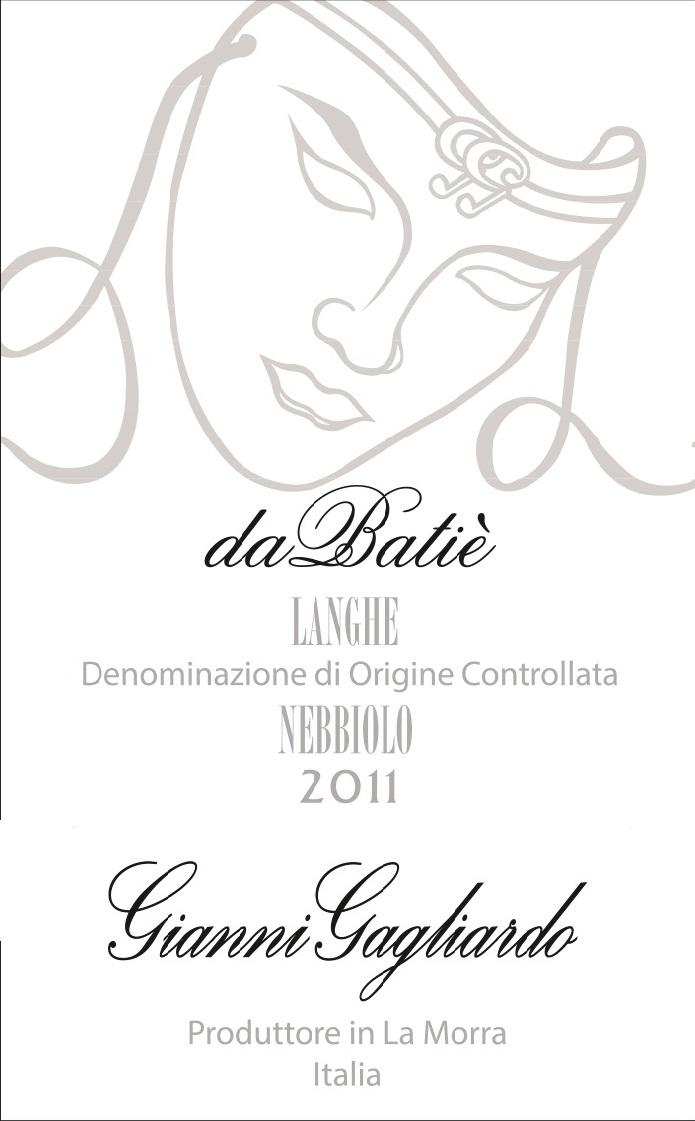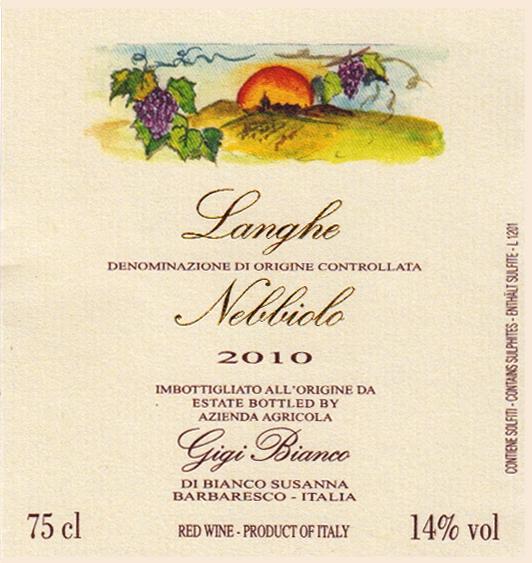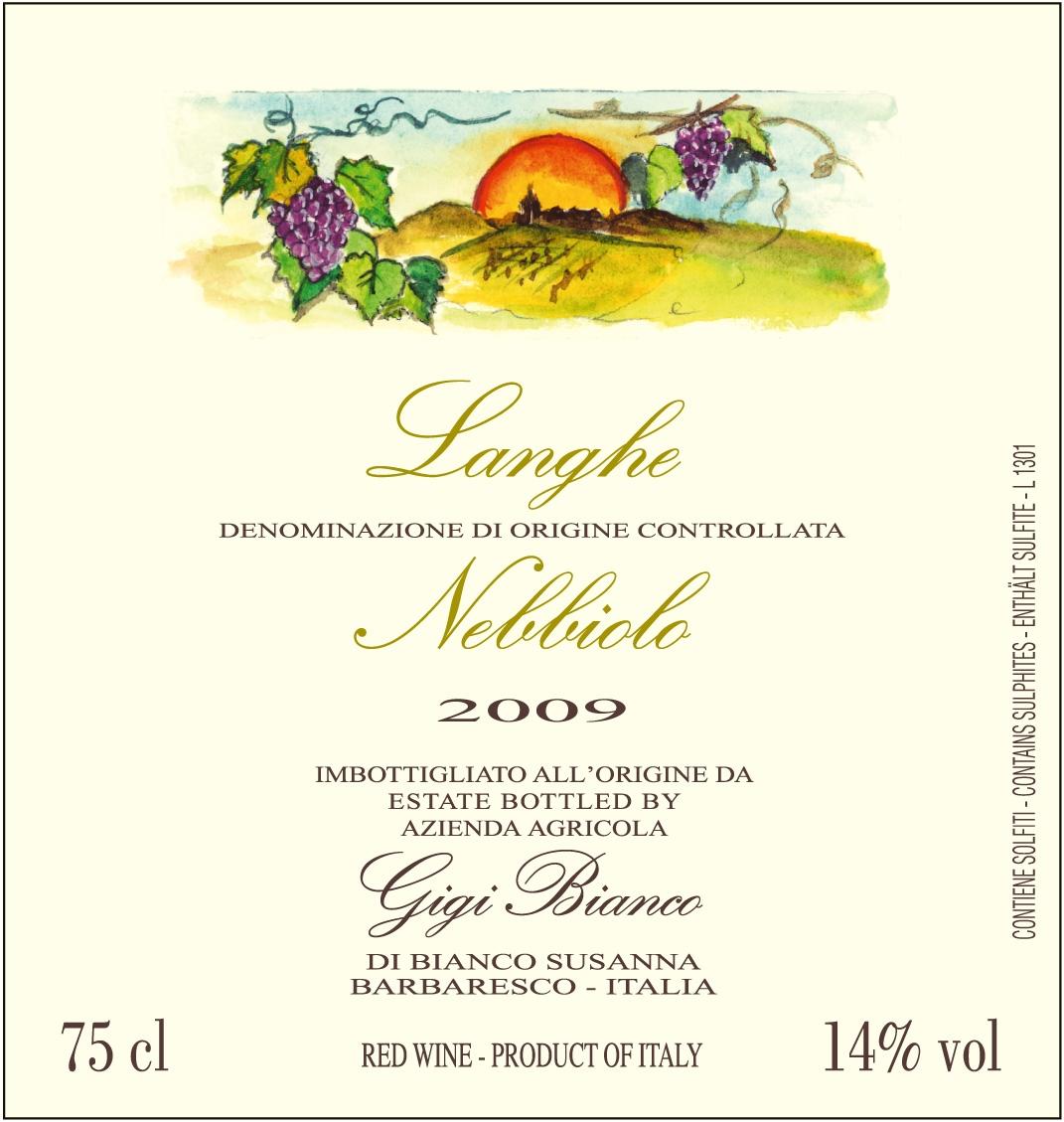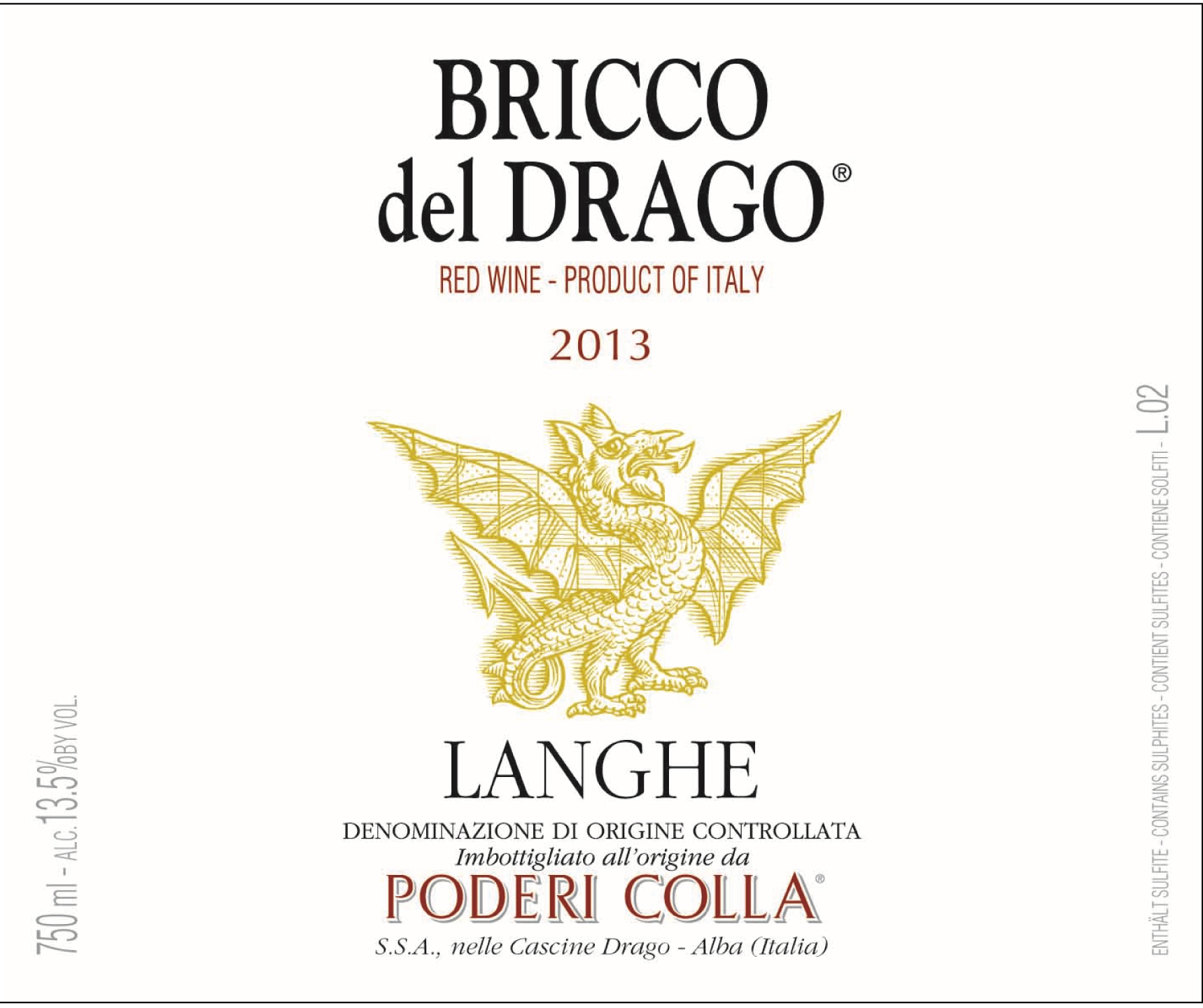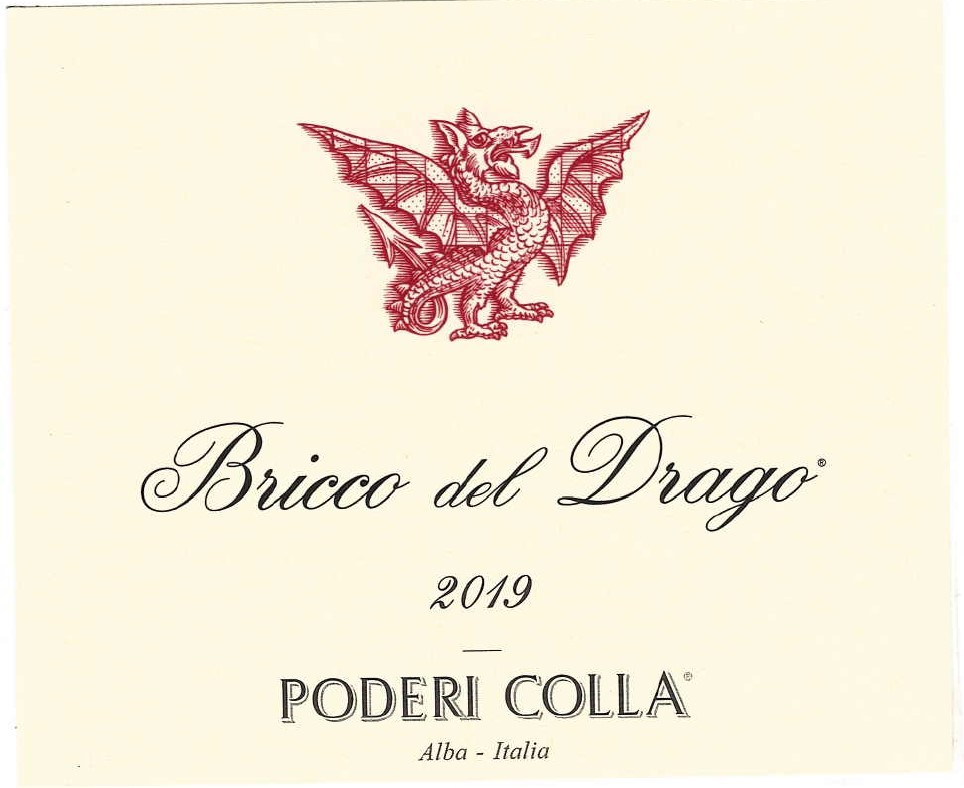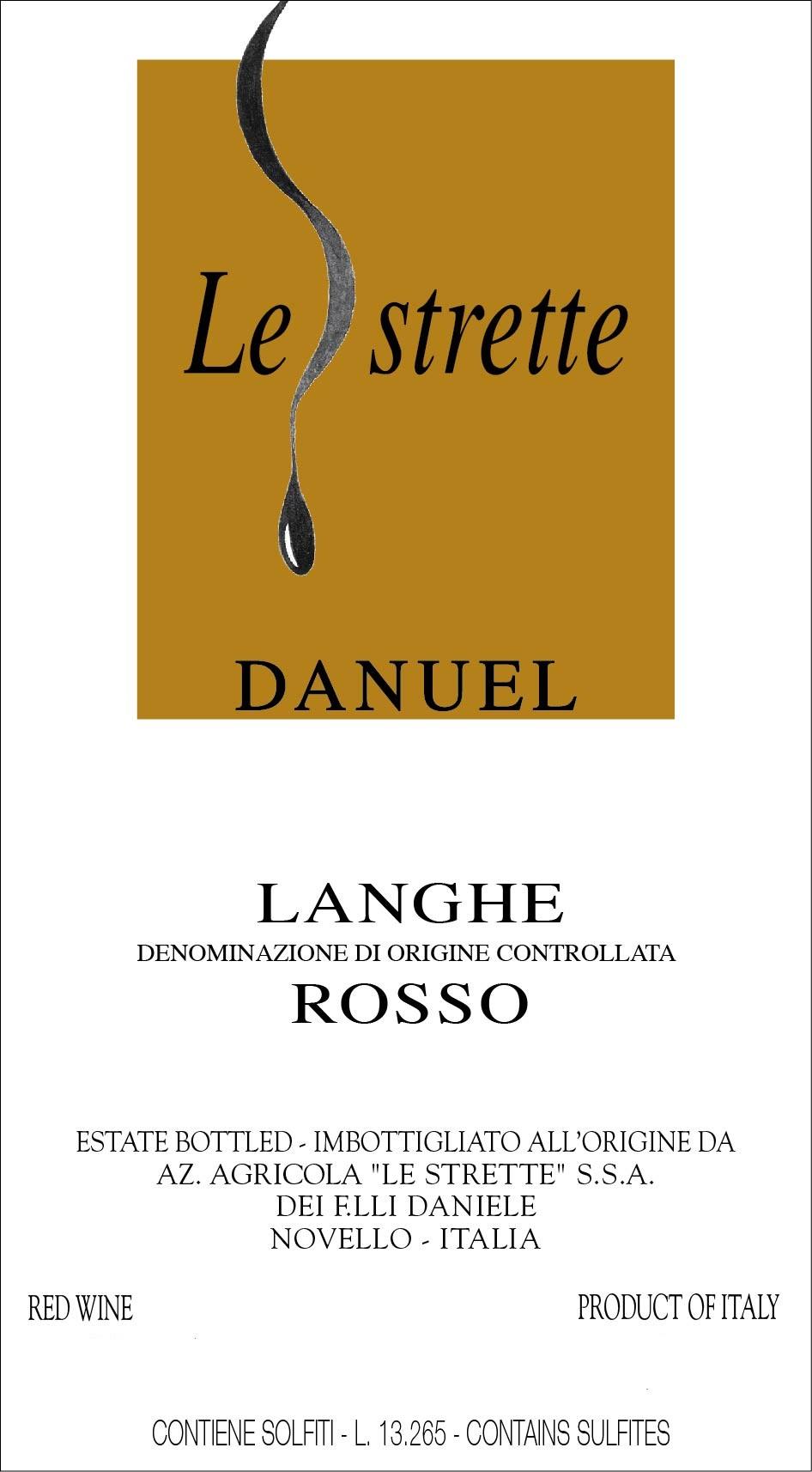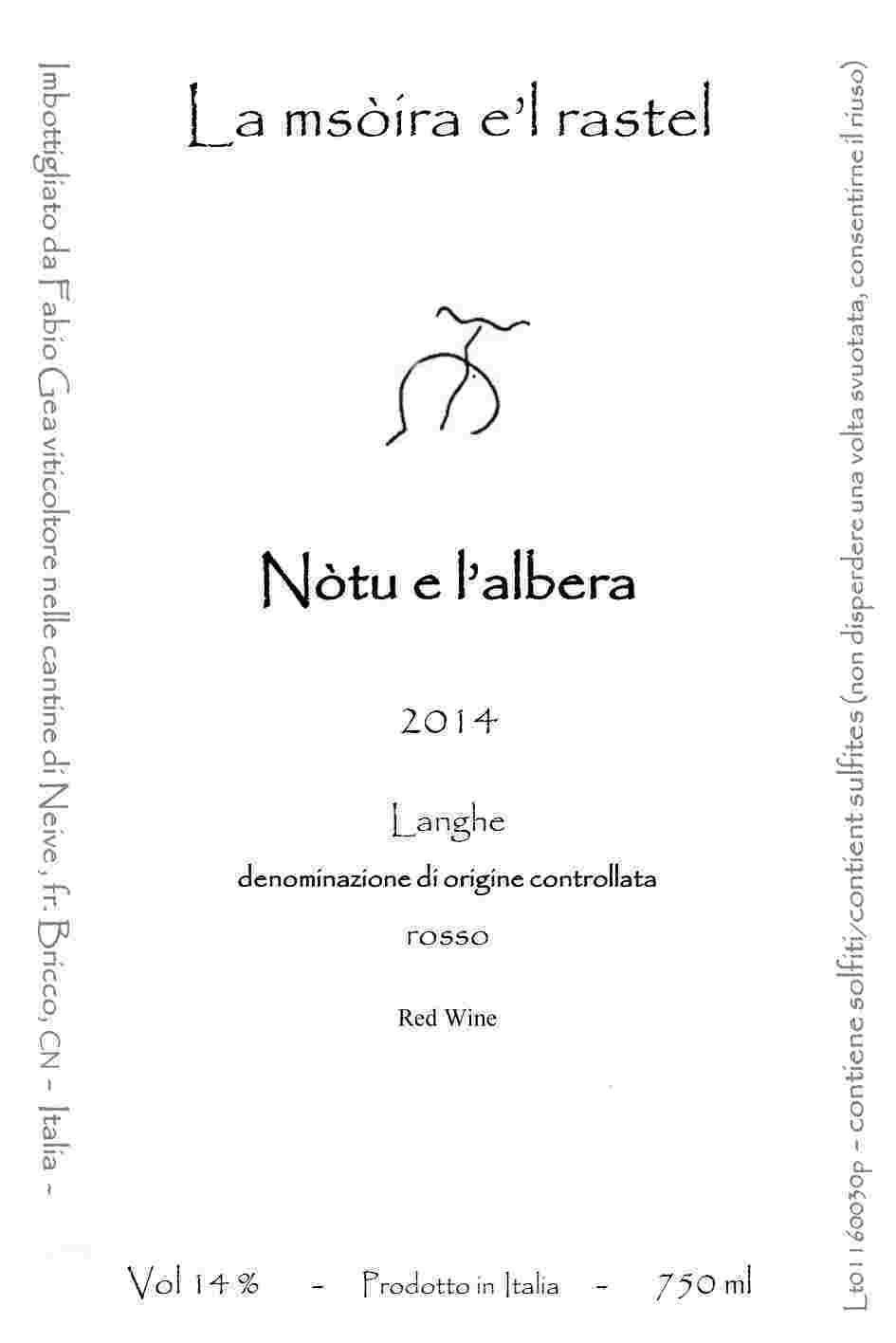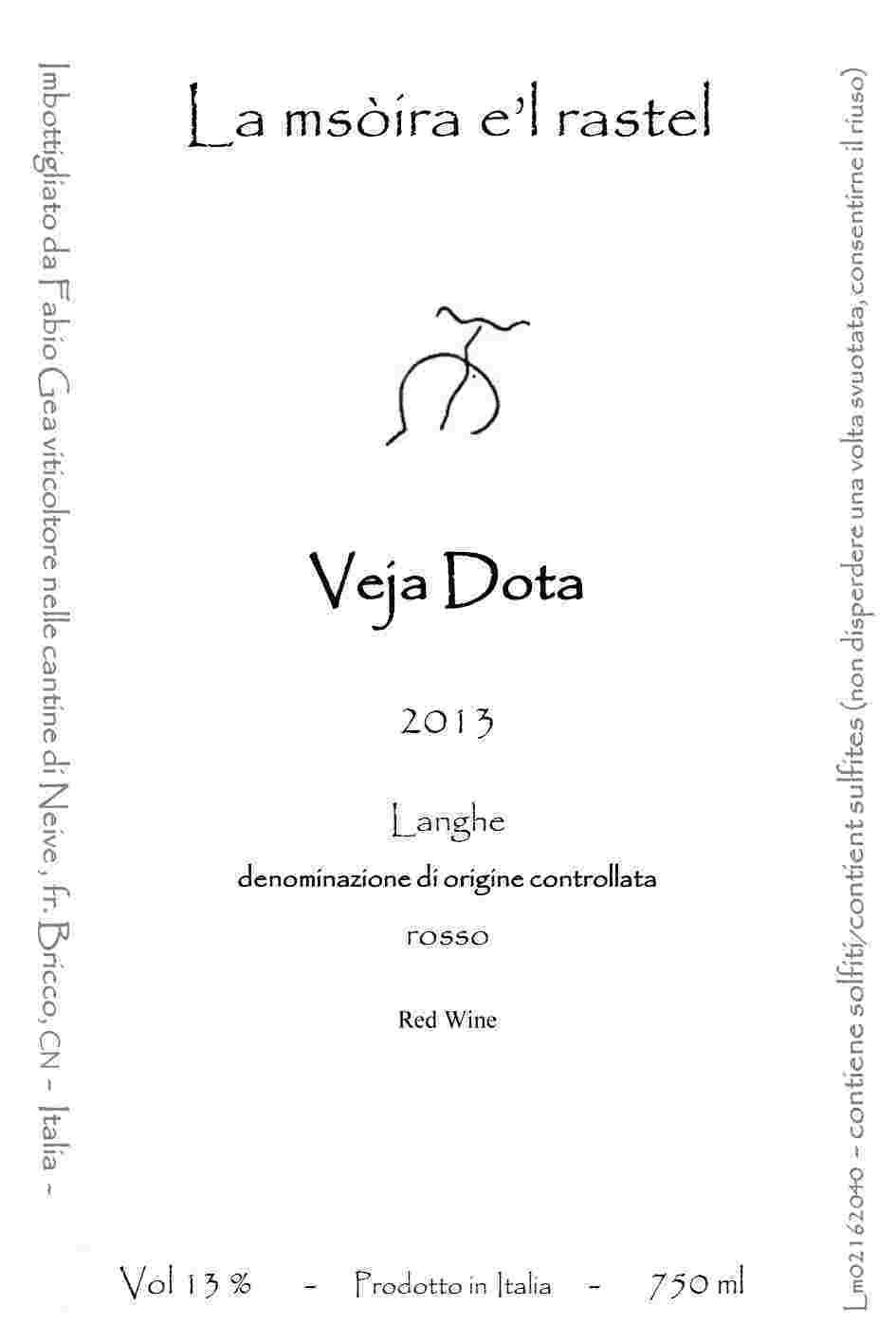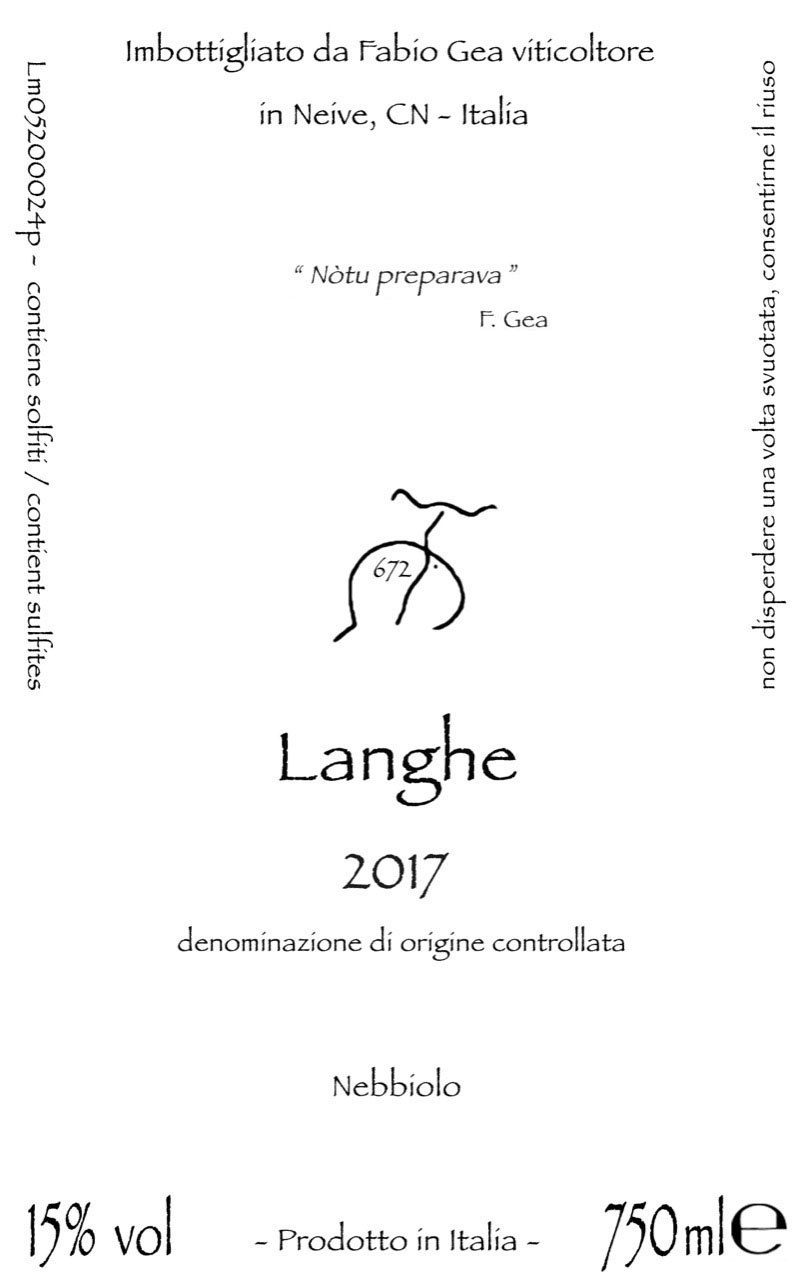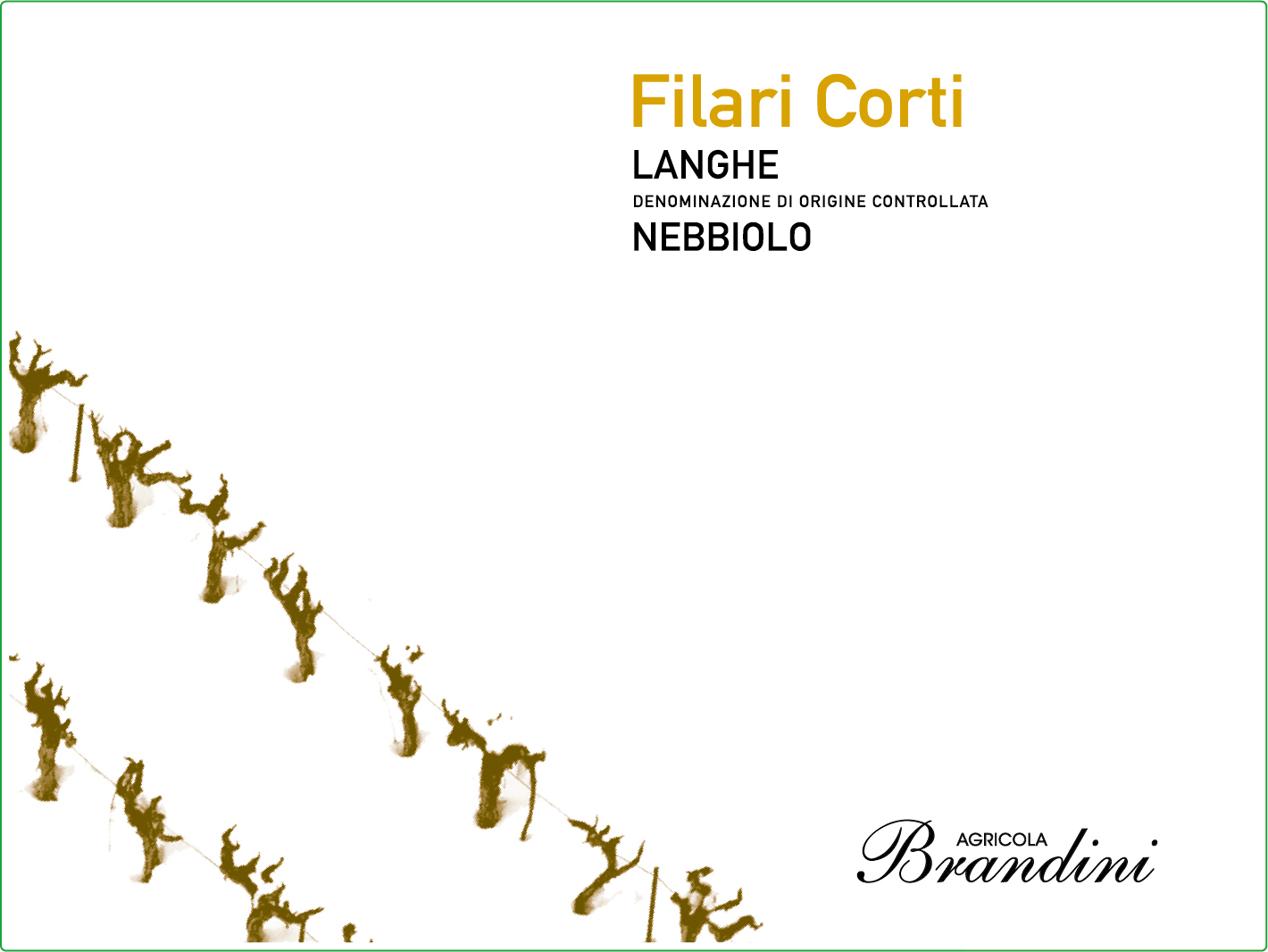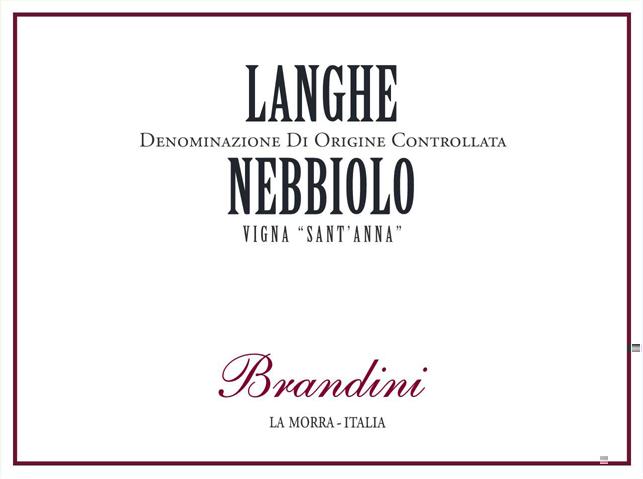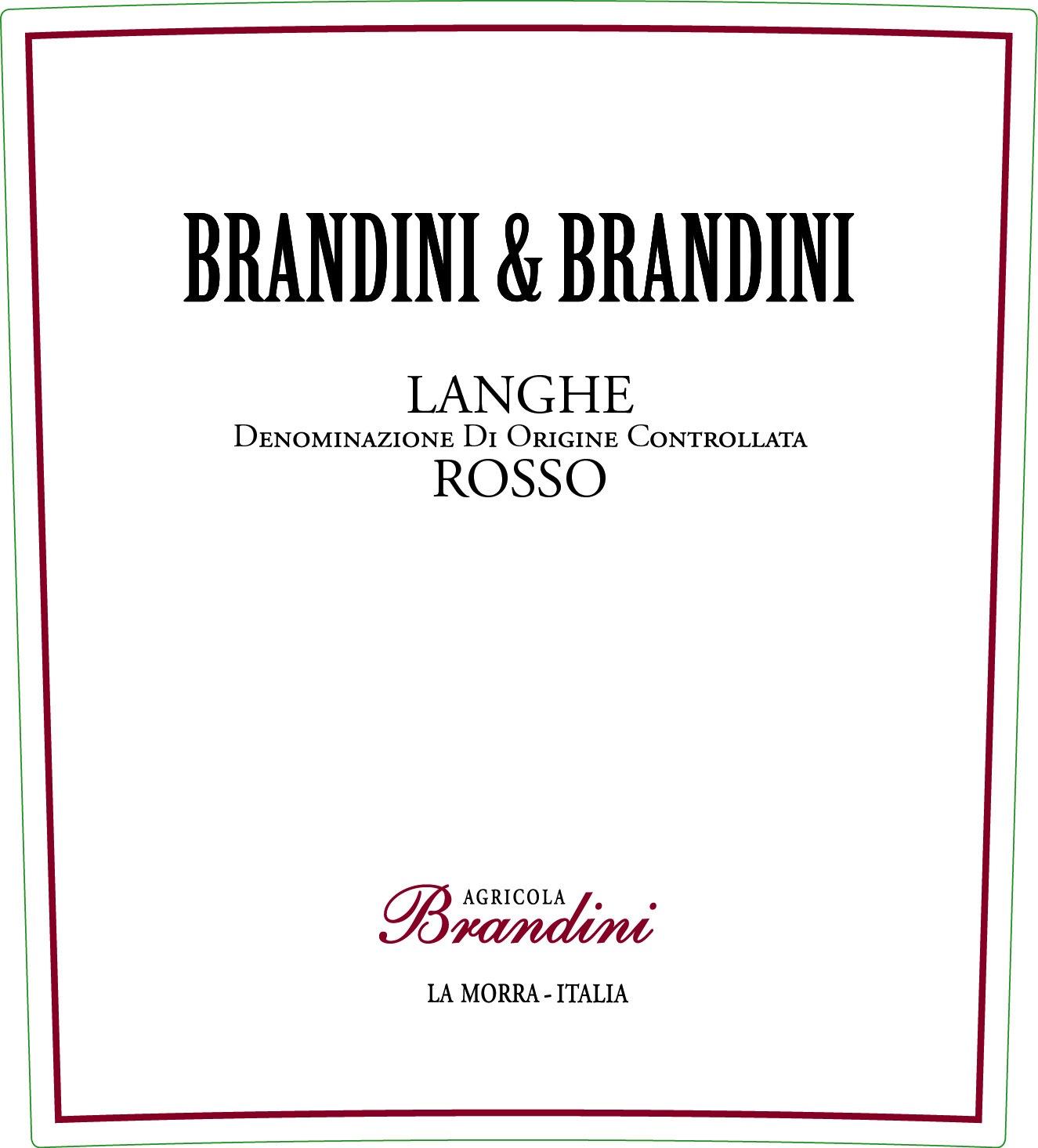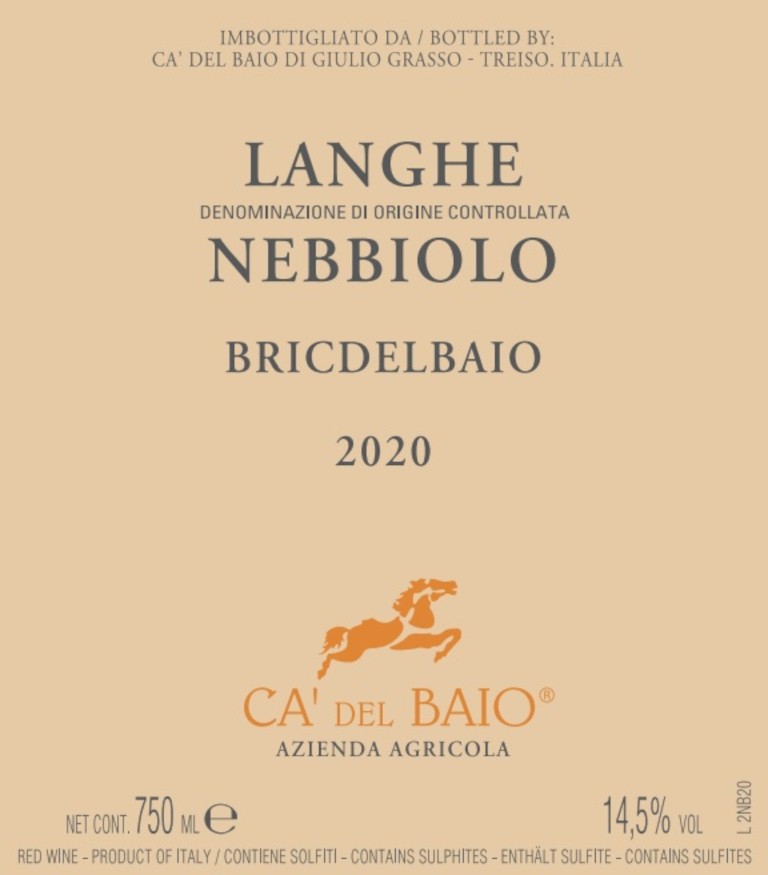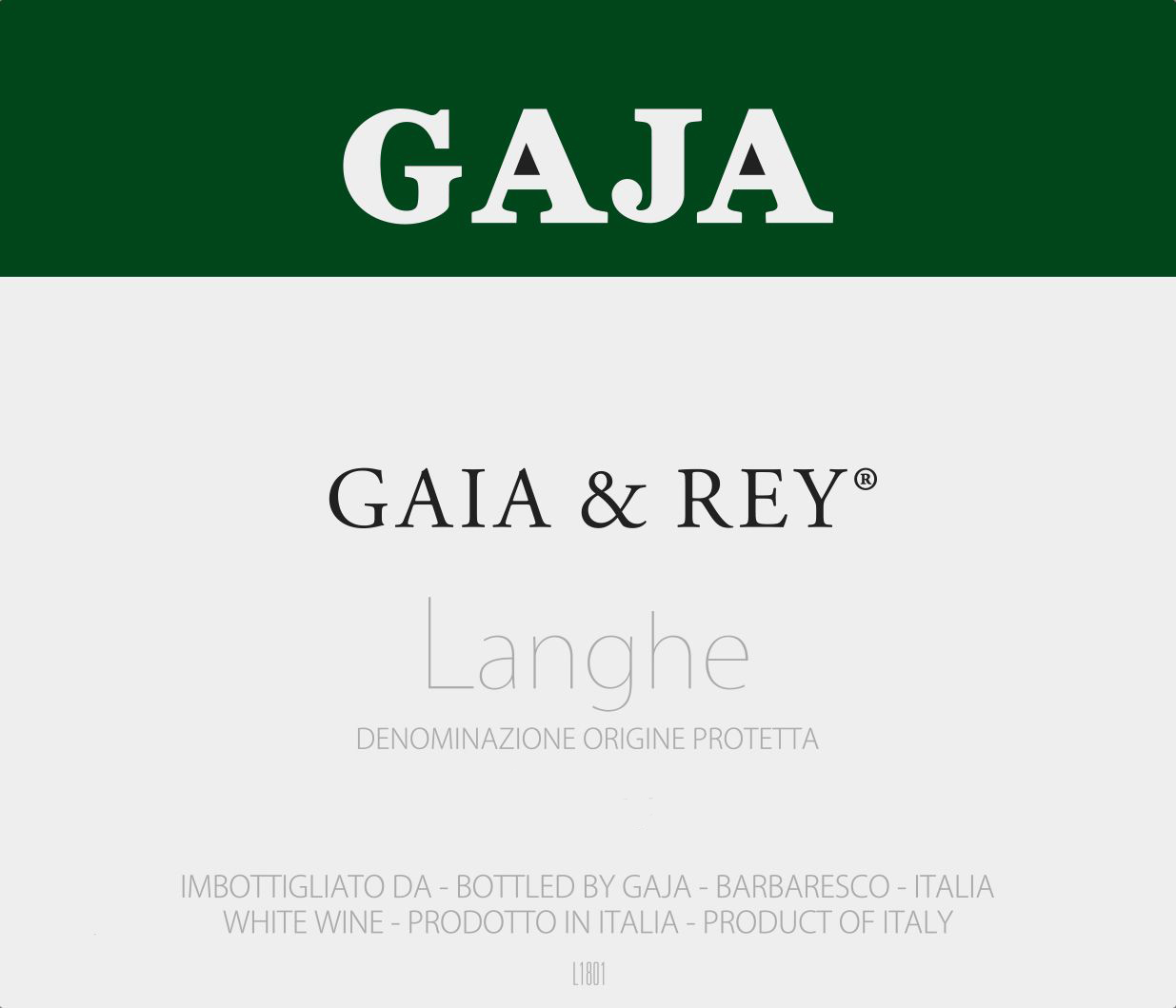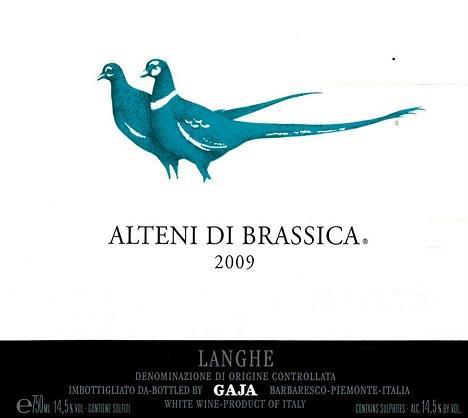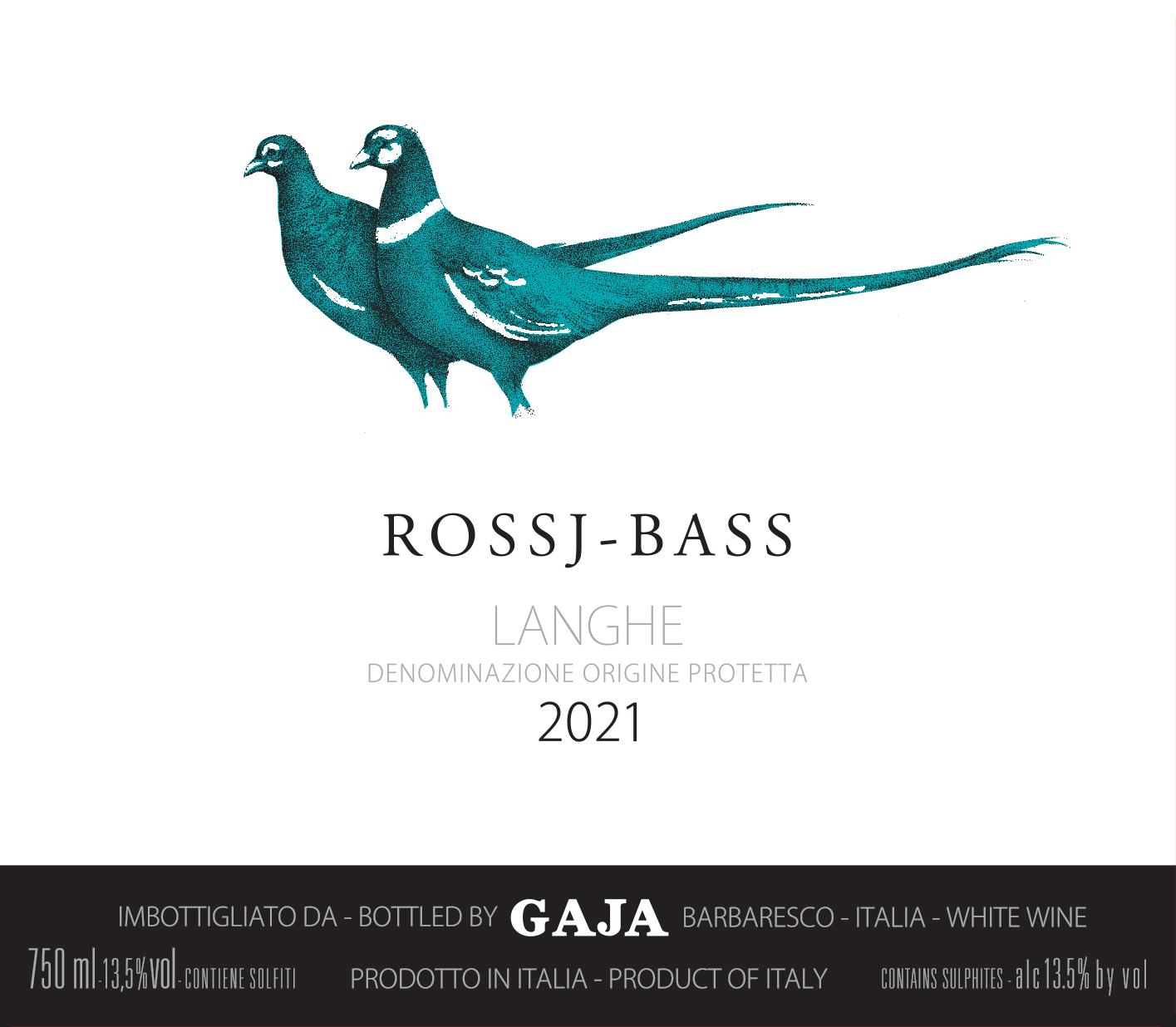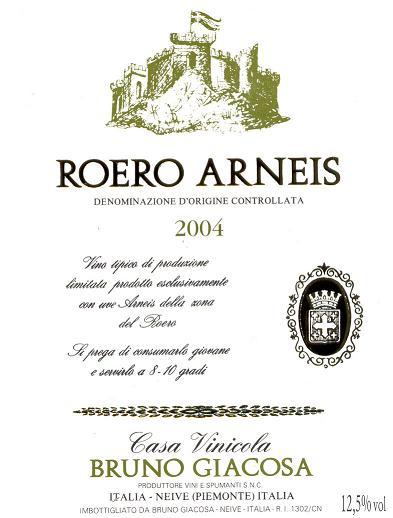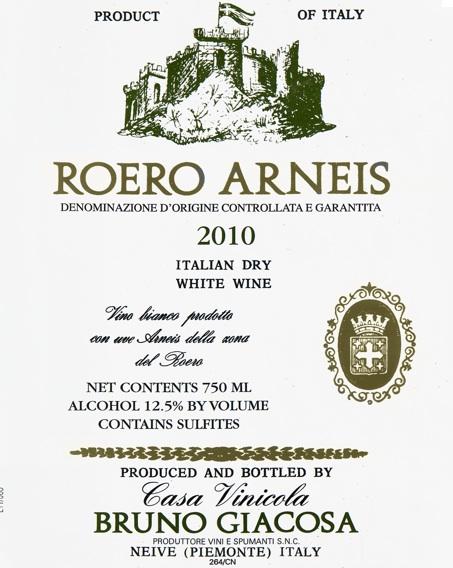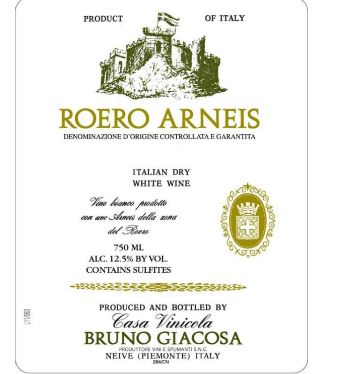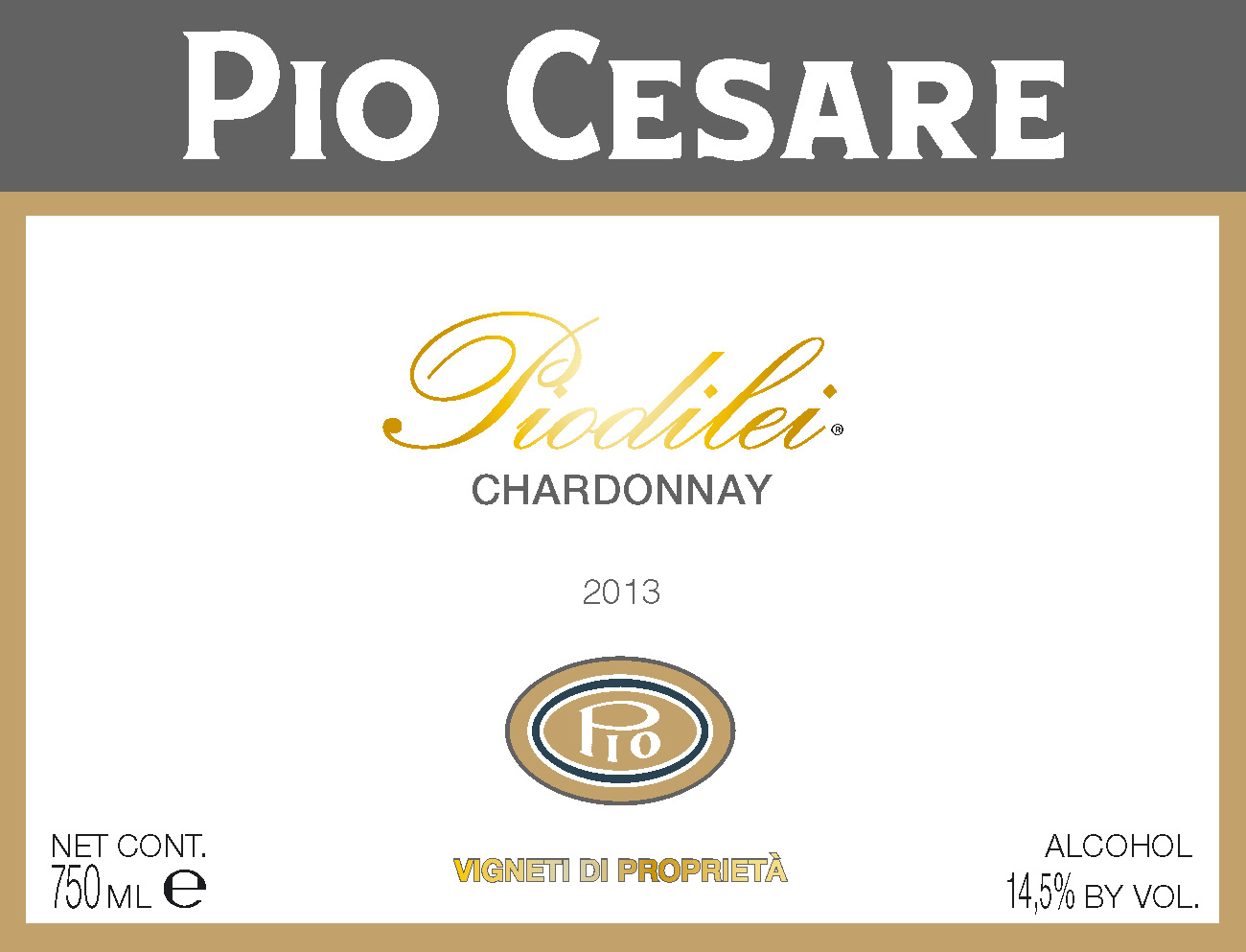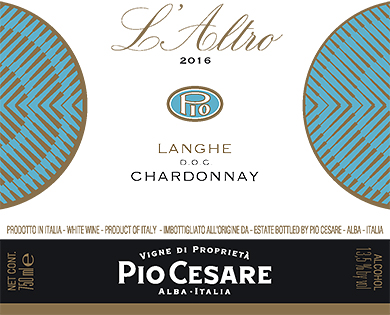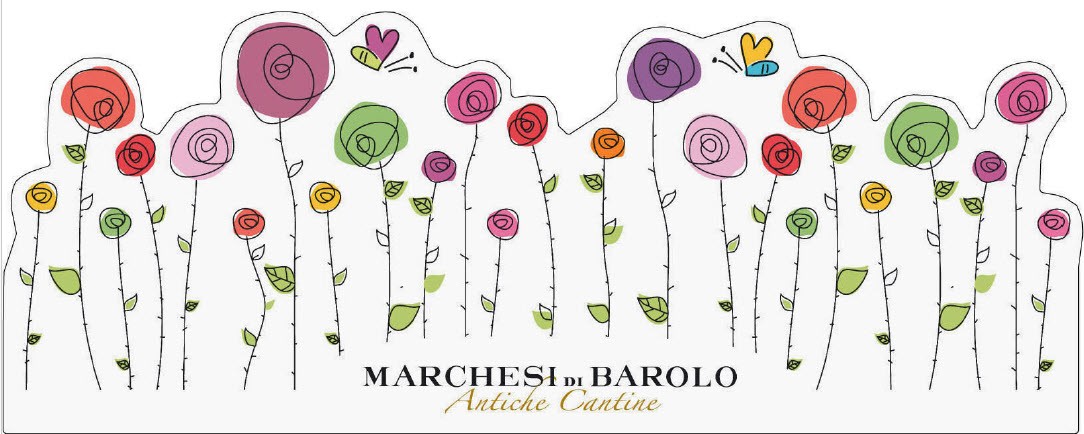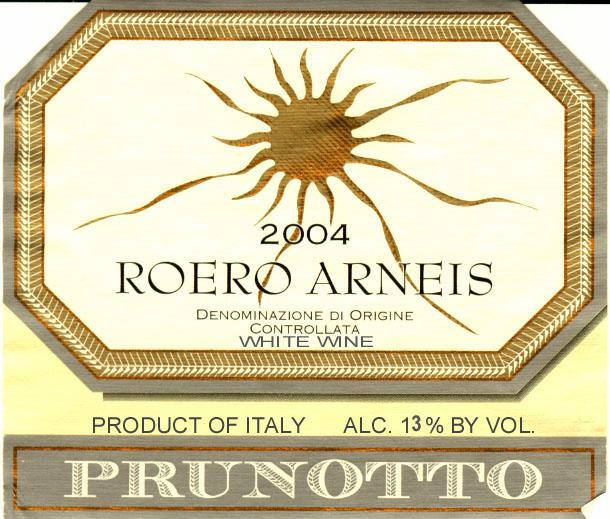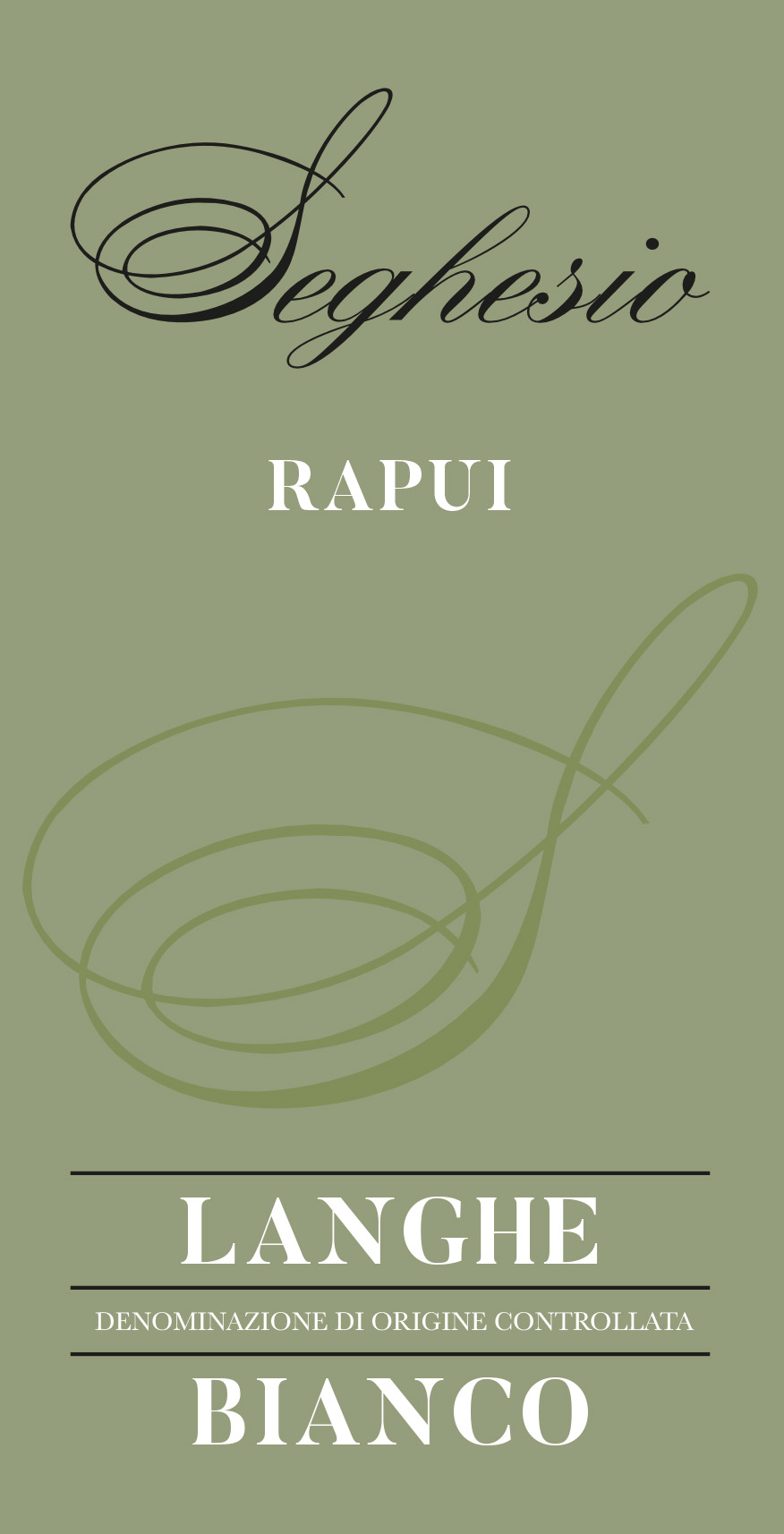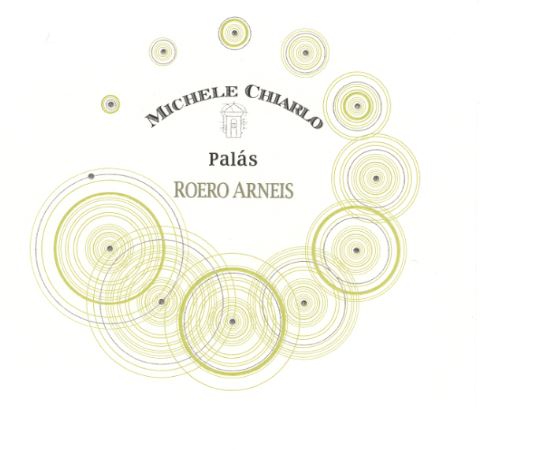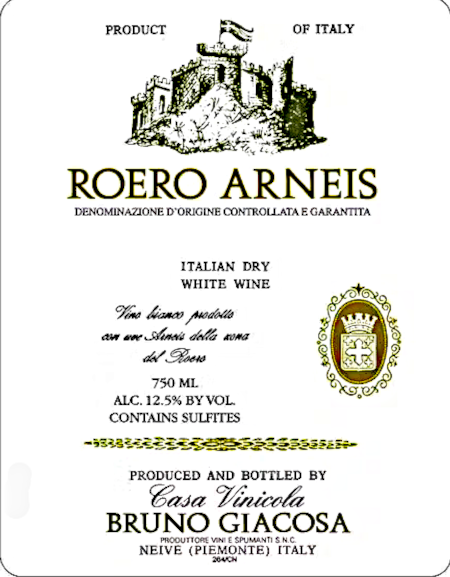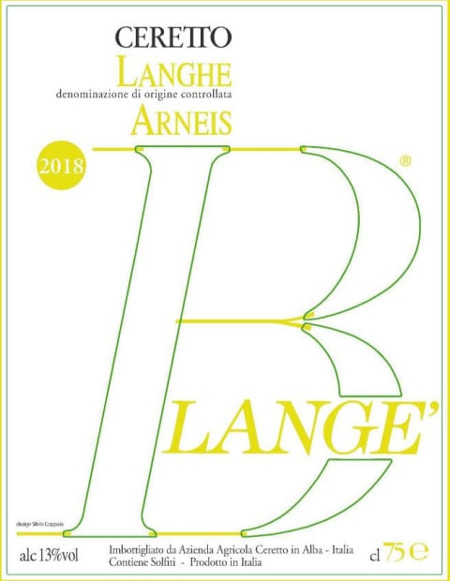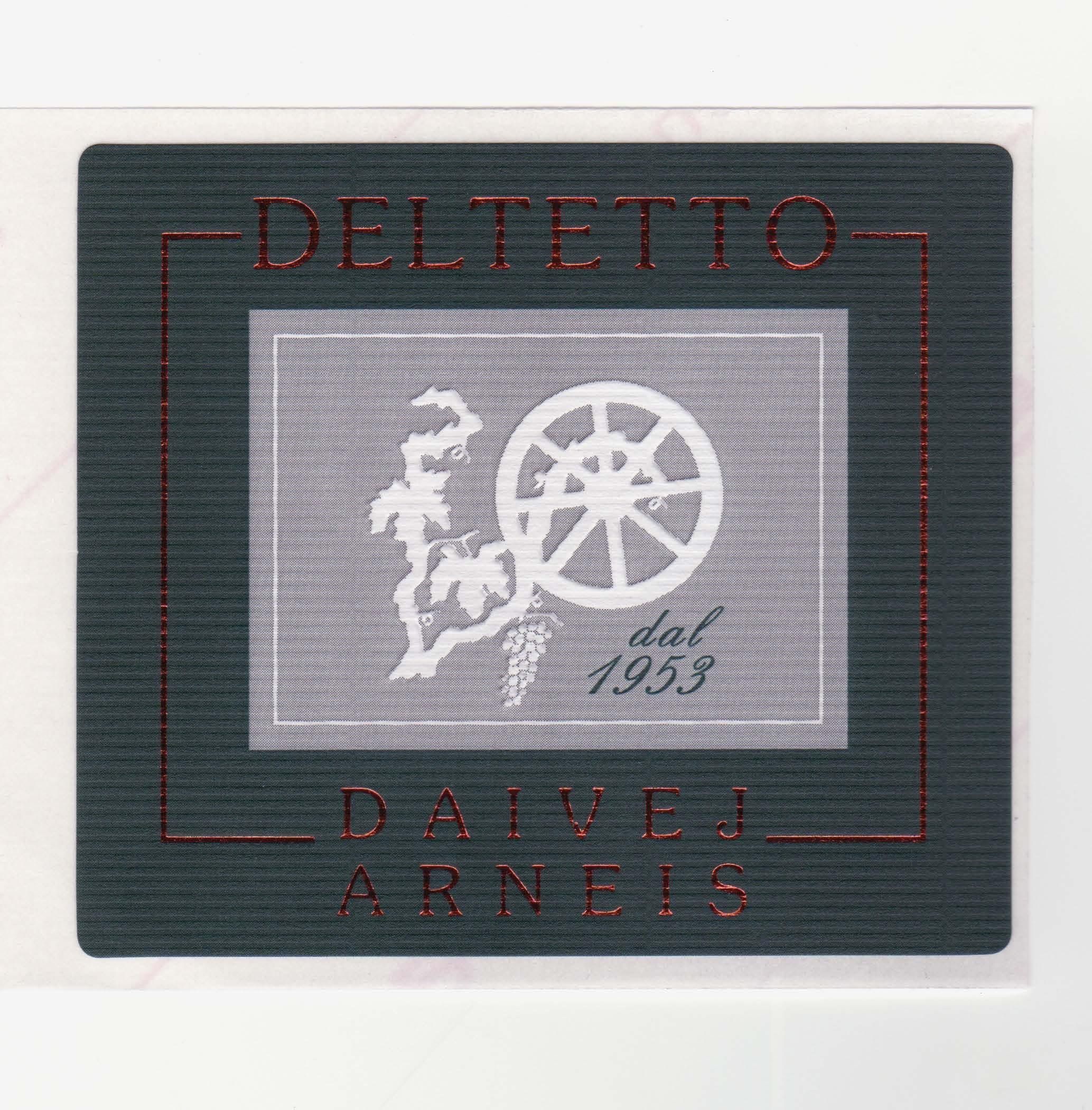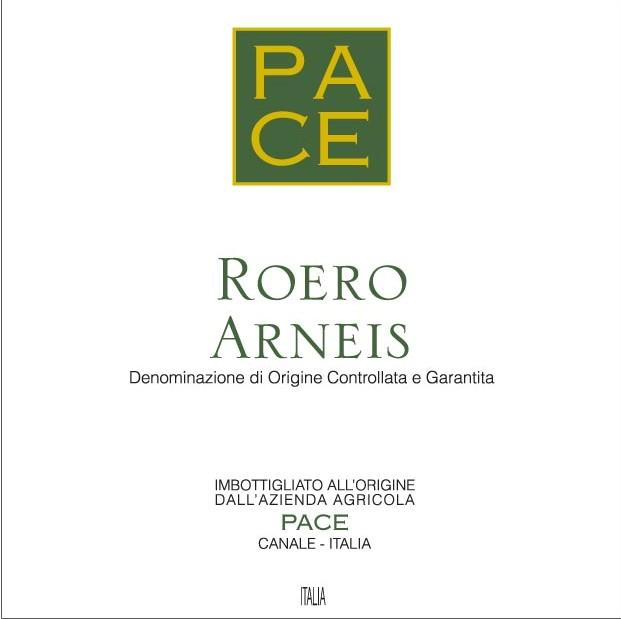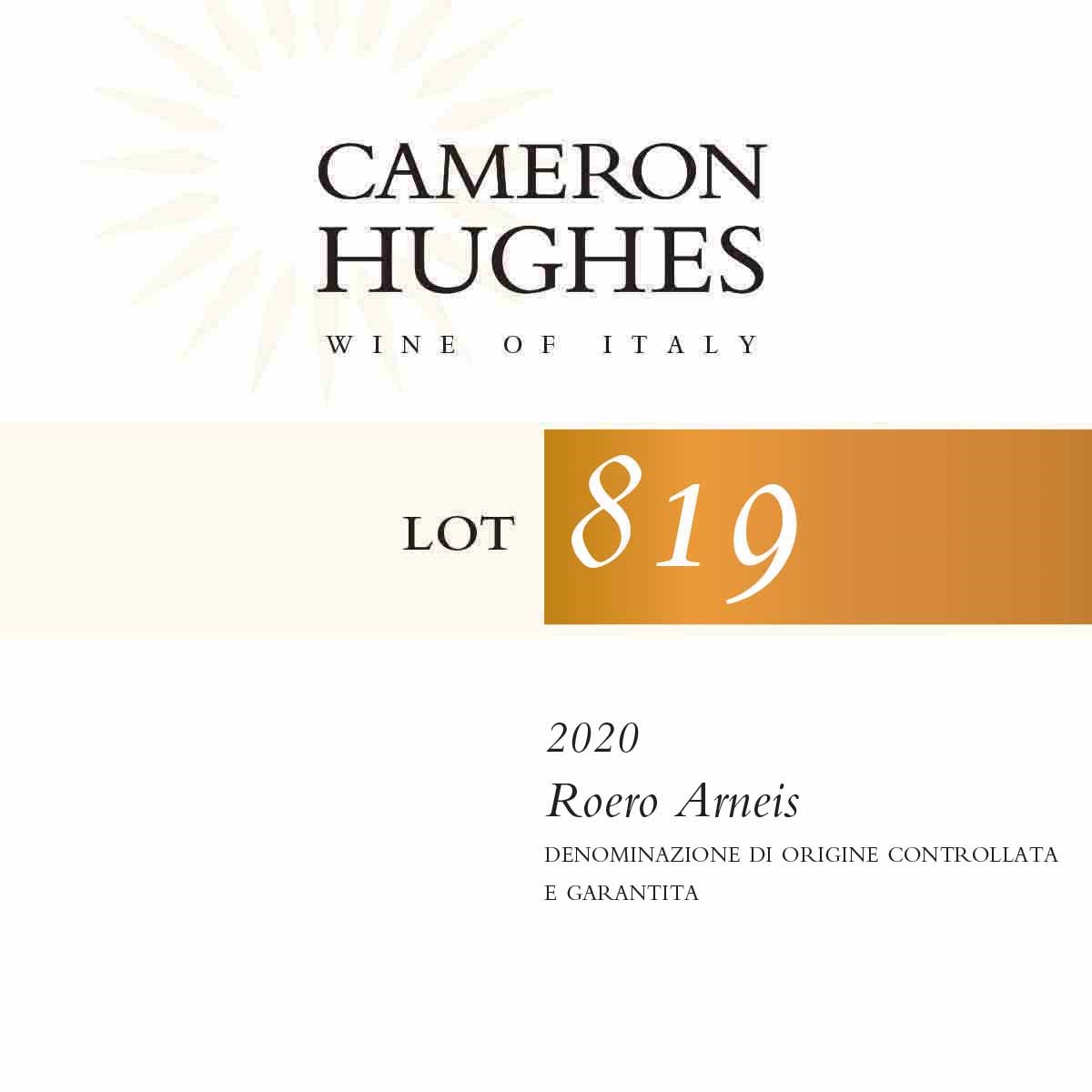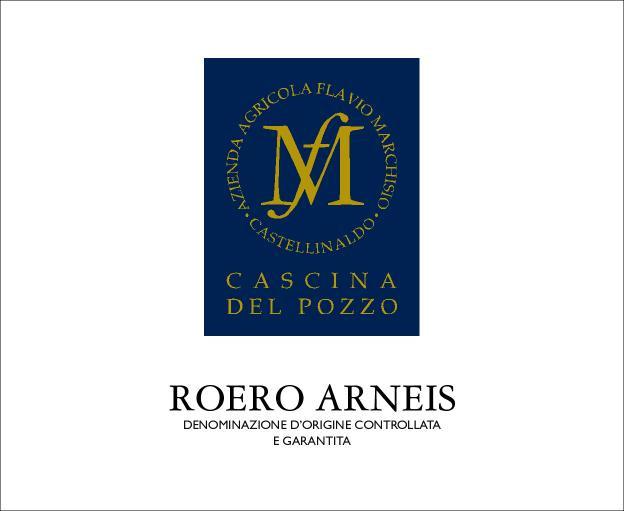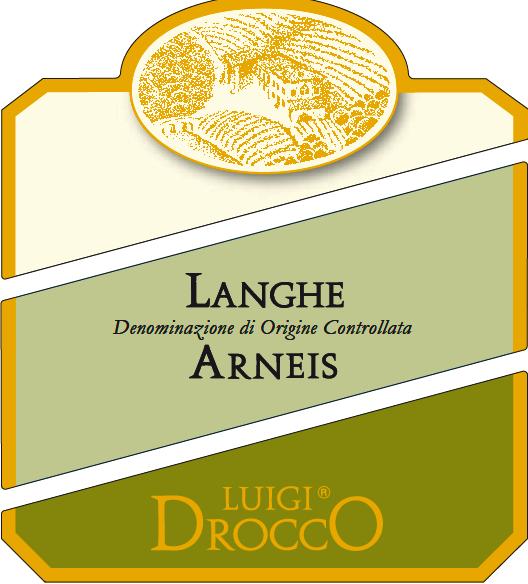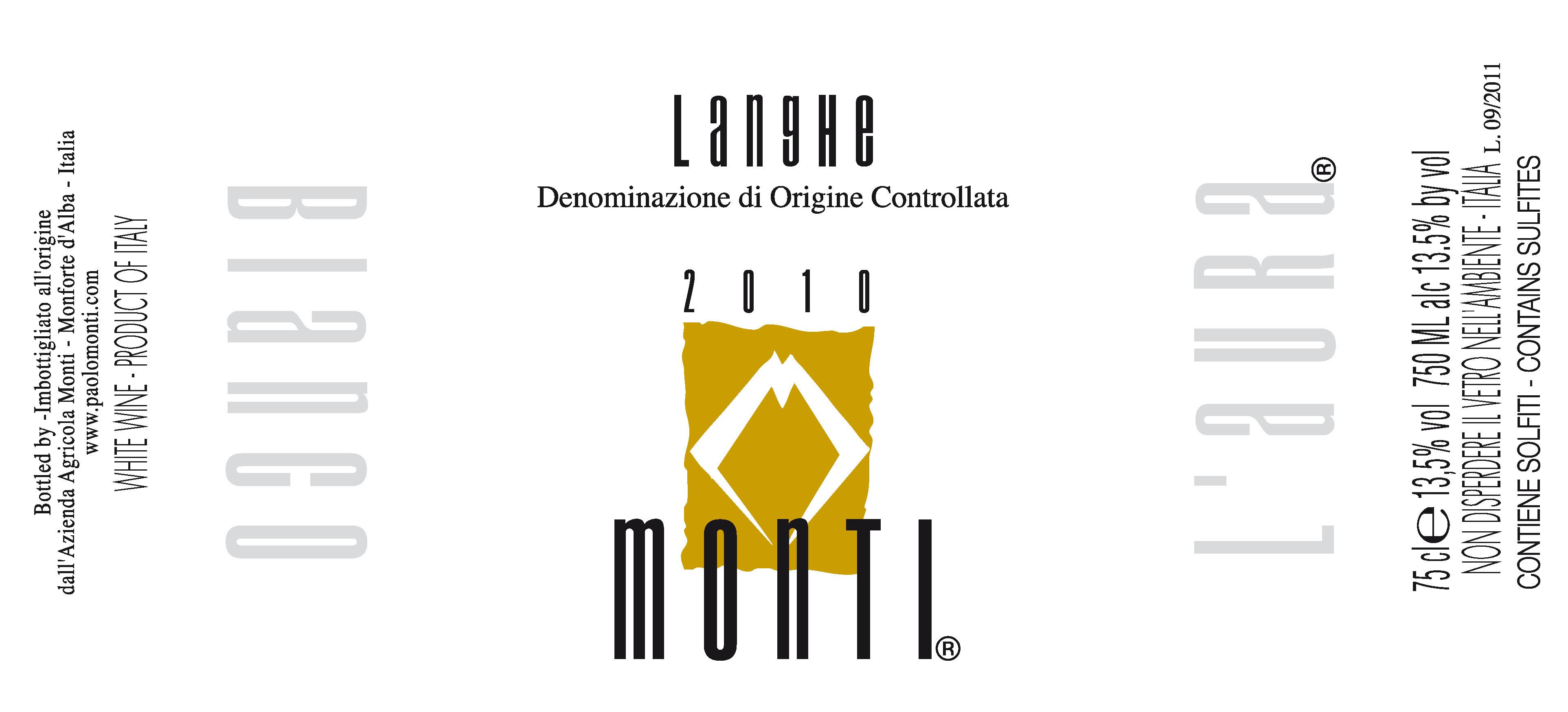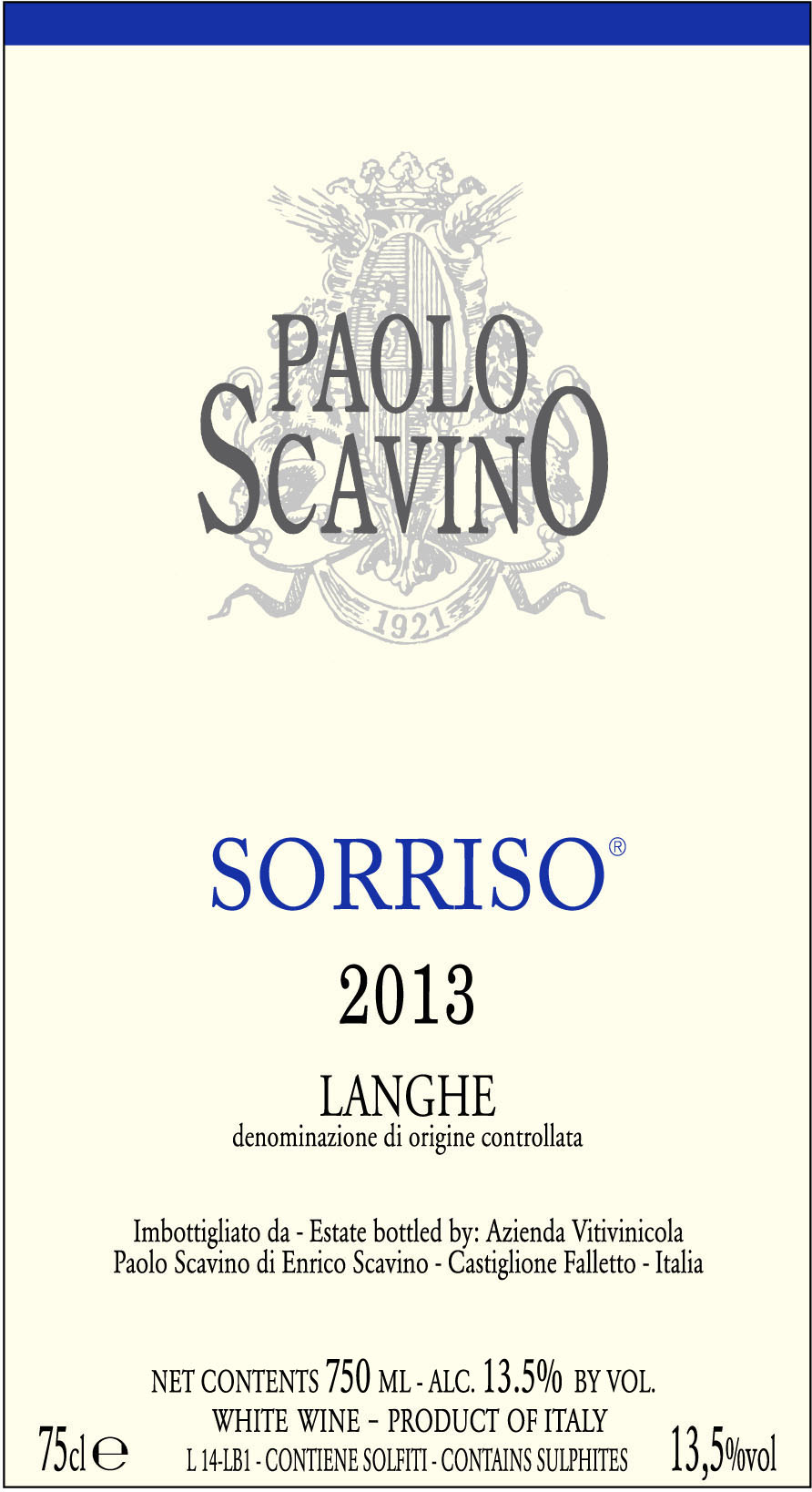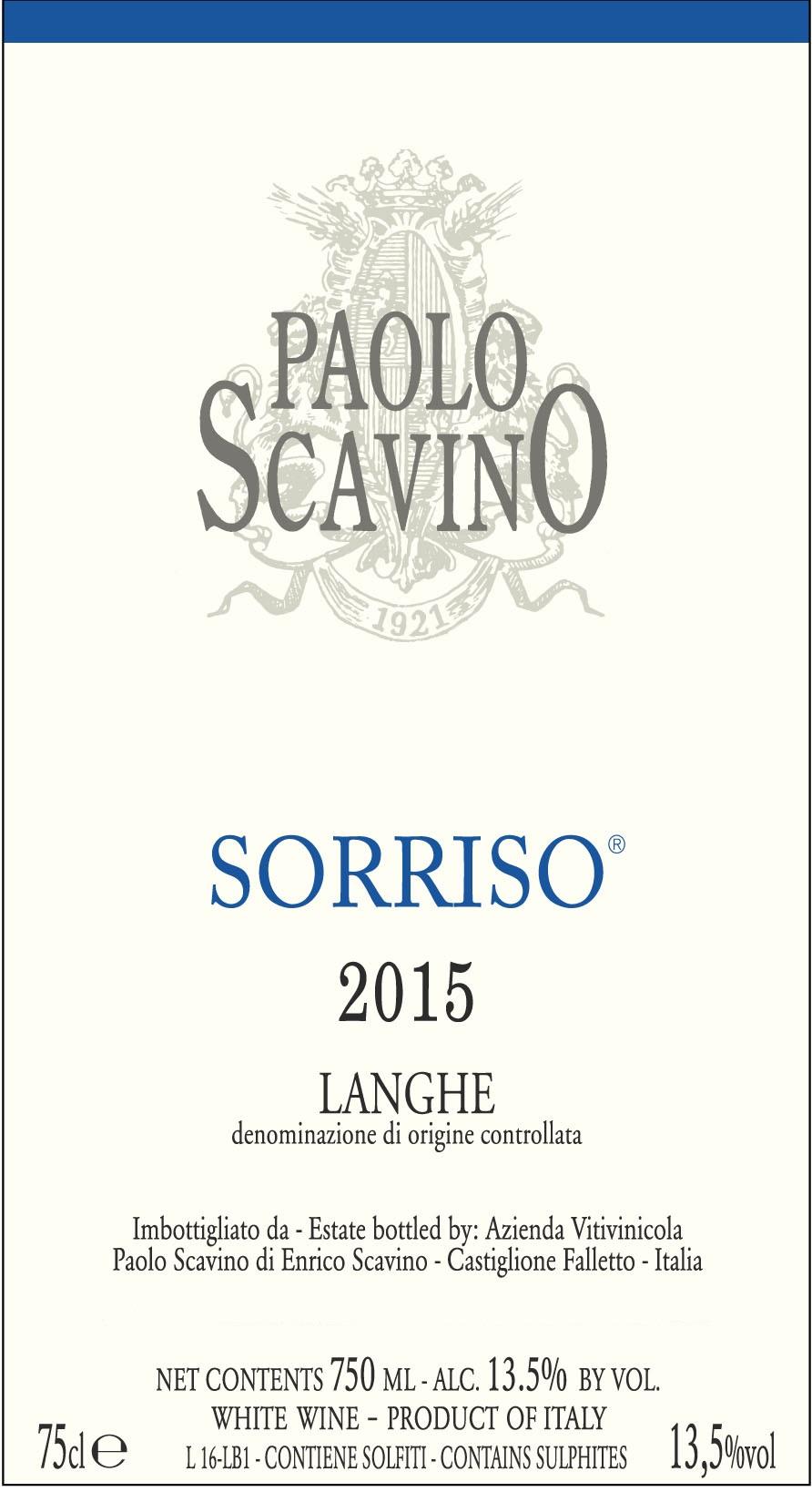Terroir of Langhe
The Langhe region has a continental climate with distinct seasons that influence its wines. Warm, sunny summers help grapes fully ripen, while cool, foggy autumn mornings keep their acidity. Winters can be cold, bringing snow or frost, and late spring frosts might threaten budding vines. The region receives consistent rainfall of 800–1,000 mm annually, aiding grape growth. Significant day-night temperature shifts also enhance the wines' aromatic qualities.
Langhe's rolling hills, at elevations between 250 and 600 meters, consist of calcareous marls and sandy or silty layers. South and southwest-facing slopes are ideal for red grapes like Nebbiolo, Barbera, and Dolcetto. Lower slopes with alluvial soils suit white varieties like Arneis. This varied landscape and sunlight exposure create microclimates perfect for producing Langhe's famous wines.
Notable Wineries in Langhe
Italy’s Langhe region, a gem of Piedmont, is celebrated for its world-class wineries that blend tradition with innovation. Here are some notable producers:
-
Gaja (Barbaresco): Known globally for their exceptional Nebbiolo and distinctive Langhe whites, Gaja has elevated Barbaresco to international fame.
-
Giacomo Conterno (Monforte d’Alba): This winery sets the standard for Barolo with iconic wines like “Monfortino” and “Cascina Francia,” celebrated for their longevity and robust character.
-
Aldo Conterno (Bussia, Monforte): Combining tradition with modern techniques, Aldo Conterno crafts elegant Barolos and balanced Barbera.
-
Paolo Scavino (Barolo): Renowned for single-vineyard Nebbiolo, they produce Barolos with pure fruit flavors and smooth tannins.
-
Vietti (Castiglione Falletto/Alba): A pioneer in vineyard-specific wines, known for their outstanding Barolo and Barbera.
Sustainable Winemaking in Langhe
The Langhe region in Italy's Piedmont is embracing sustainable wine production, with a growing number of vineyards transitioning to organic and biodynamic farming. These practices, including cover crops and reduced synthetic inputs, safeguard the soil and enhance the unique terroir of the area.
To manage the region's steep slopes, terracing and green cover reduce erosion, while rainwater capture and water recycling are becoming standard. Energy efficiency is also prioritized, with wineries investing in renewable energy and using lighter glass to lessen environmental impact.
Local associations are actively involved in conservation efforts, preserving native grape varieties and the region's rich viticultural history. The Langhe's commitment to sustainability reflects its dedication to maintaining both environmental health and the high quality of its renowned wines.
Wine Tourism in Langhe
Langhe, in Italy's Piedmont region, is a top wine tourism destination. It features scenic routes connecting Barolo, La Morra, Barbaresco, and Serralunga d’Alba, ideal for cycling.
Visitors can explore historic sites like the Castello di Barolo, with its wine museum, and enjoy tastings at local wineries. The Alba White Truffle Fair, held from October to November, offers a chance to pair exquisite wines with local truffles.
Agritourism allows guests to stay amidst vineyards, offering farm-to-table dining and cooking classes. Outdoor enthusiasts can hike or cycle through vineyards, go truffle hunting, or enjoy hot-air balloon rides.
The region's focus on Slow Food traditions enriches the experience, celebrating local products like hazelnuts and cheese. Langhe's blend of culture, history, and gastronomy makes it an unforgettable wine tourism destination.
